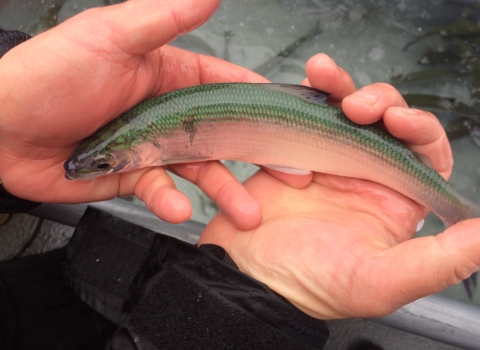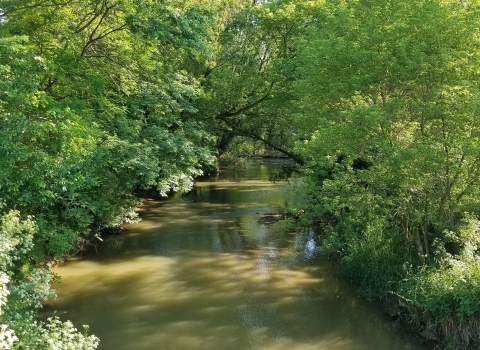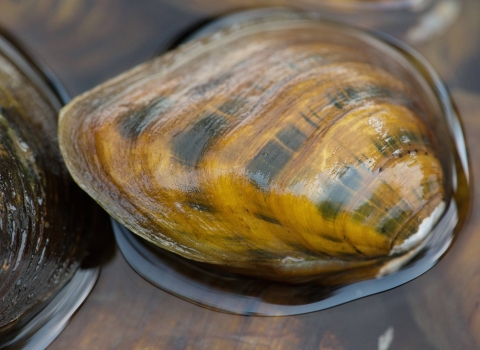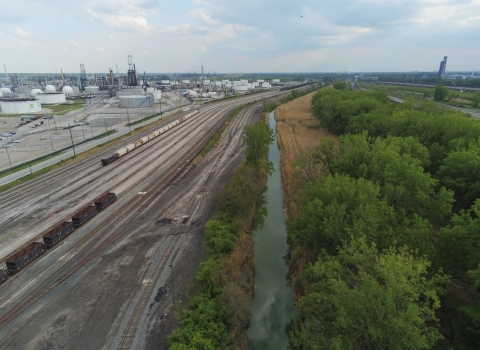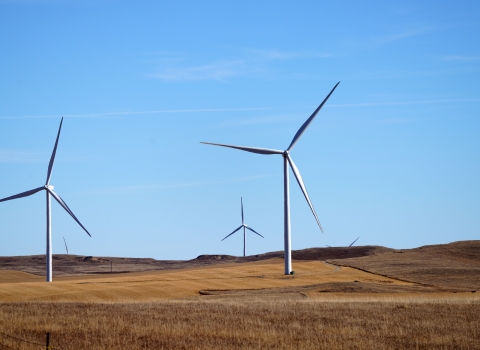Projects and Research
Decades of manufacturing activity and improper waste disposal practices have resulted in the release of hazardous substances to the Ottawa River and its watershed. Hazardous substances have migrated from landfills along the banks of the Ottawa River and from industrial facilities in the watershed, contaminating water, fish, and wildlife in the Ottawa River and adjacent North Maumee Bay....
On or before March 17, 2014, a 20-inch diameter pipeline, owned by the Mid-Valley Pipeline Company and operated by Sunoco Logistics Partners, L.P. (“Sunoco”)/Energy Transfer Partners (ETP), ruptured discharging approximately 500 barrels (~21,000 gallons) of crude oil into a small stream and subsequently into a wetland within the Oak Glen Nature Preserve (Preserve) and adjacent...
The cisco (Coregonus artedi) and the bloater (Coregonus hoyi) both played critical roles in the trophic dynamics of the Great Lakes. They were the primary native prey species for top predator fish such as the lake trout. By the 1950’s, however, overfishing and competition with non-native, plankton-eating prey fish (alewife) caused the collapse of these native prey species, and subsequently...
The Dover Chemical Site (the “Site”) occupies approximately 60 acres on the east bank of Sugar Creek, approximately 1 mile above the confluence with the Tuscarawas River in east central Ohio. The Dover Chemical Corporation facility has been in production since 1949, producing chlorinated organic compounds, including dichlorobenzene, trichlorobenzene, tetrachlorobisphenol A (TCBA),...
The U.S. Fish and Wildlife Service (Service) has issued an Incidental Take Permit under the Endangered Species Act to NiSource Inc. (now Columbia Pipeline Group), a natural gas storage and distribution company. The permit was issued in conjunction with the company’s comprehensive Habitat Conservation Plan (HCP) to conserve dozens of endangered species while operating and...
This case addresses natural resource injuries that have occurred due to the release of hazardous substances. The federal Trustee is studying the adverse effects of the contaminants on Duck and Otter Creeks (collectively the “Creeks”) through a process known as Natural Resource Damage Assessment and Restoration (NRDAR), pursuant to the Comprehensive Environmental Response,...
The U.S. Fish and Wildlife Service issues incidental take permits (ITP) under §10(a)(1)(B) of the Endangered Species Act (ESA) to authorize the incidental take of federally listed bats from wind power projects. This page contains reports documenting compliance with the permits that have been issued in USFWS Region 3.
OhioBlue Creek Wind Farm, TE69307D-0, 2020202020212022 ...
